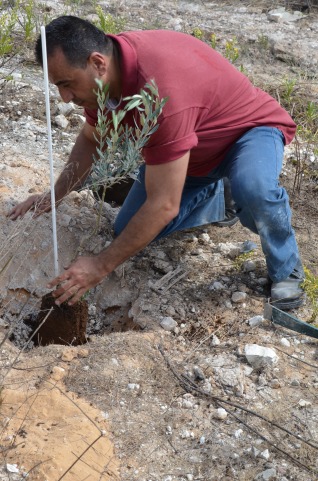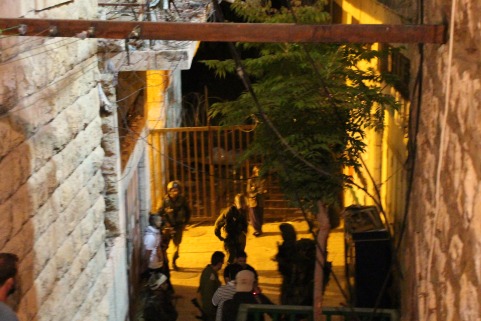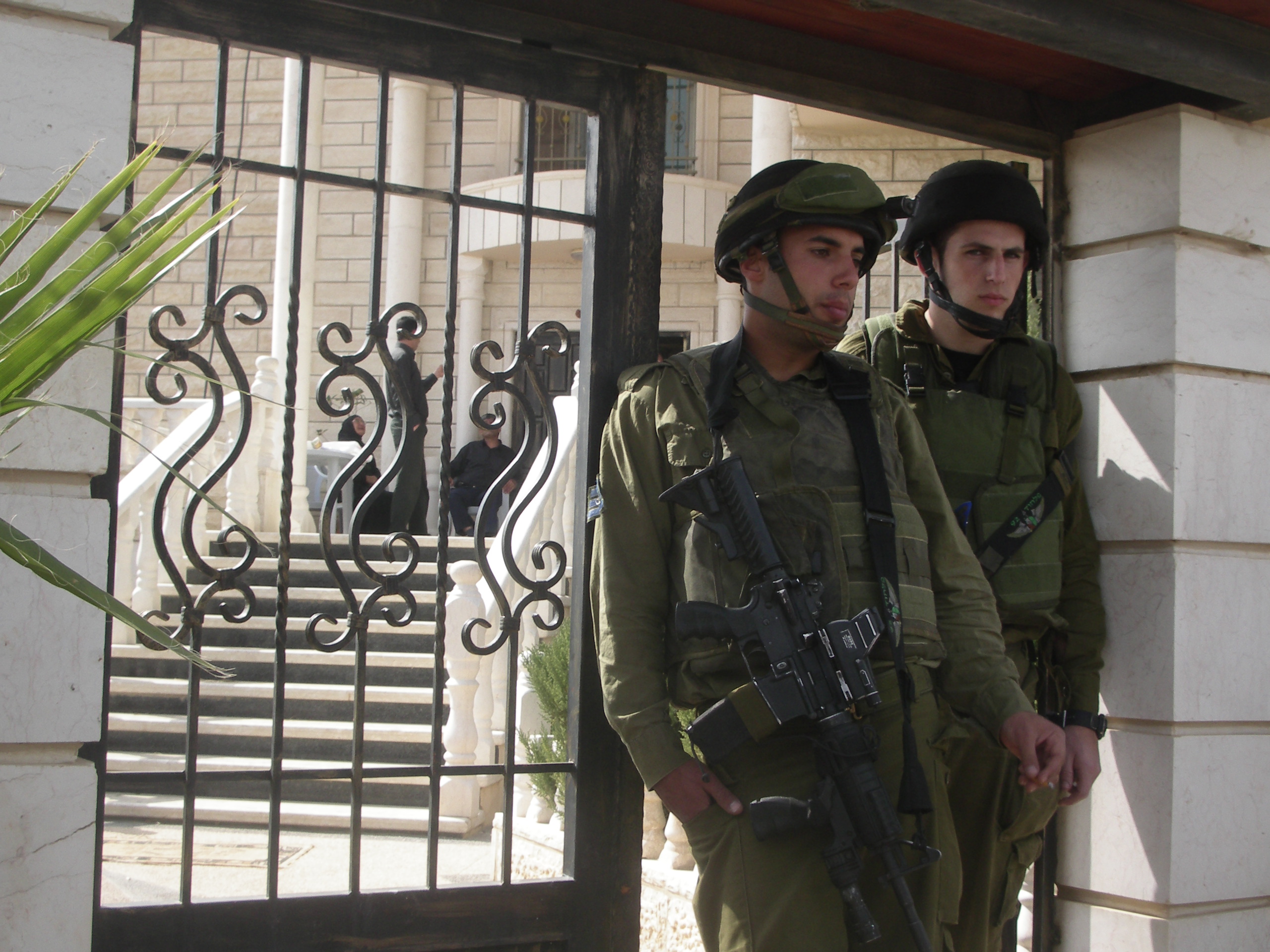Category: Reports
-
Palestinians celebrate the reclaiming of their land
4th October 2013 | International Solidarity Movement, Nablus Team | Burqa, Occupied Palestine On Thursday the 3rd of October, a large group numbering around a 100 people, consisting mainly of Palestinians from the village of Burqa and the surrounding areas, as well as a smaller contingent of international activists and the press, celebrated the Palestinians’ reclamation of…
-
Palestinian man and his 3-year-old niece assaulted by Israeli soldiers
3rd October 2013 | International Solidarity Movement, Khalil Team | Hebron, Occupied Palestine On Tuesday 2nd October local Khalil shop owner Abed Sider and his 3-year-old niece were hospitalised after being assaulted by several soldiers. On the day of his birthday at 6:30pm, Abed had his home invaded by five Israeli soldiers who had come to…
-
Israeli forces use excessive lethal force killing Palestinian civilian and wounding and arresting another in the north of the Gaza Strip
2nd October 2013 | Palestinian Centre for Human Rights| Gaza, Occupied Palestine In an excessive use of lethal force, on Monday, 30 September 2013, Israeli forces killed a Palestinian civilian, and wounded another one before arresting him, near the border fence, east of Beit Hanoun in the north of the Gaza Strip. According to investigations conducted…



